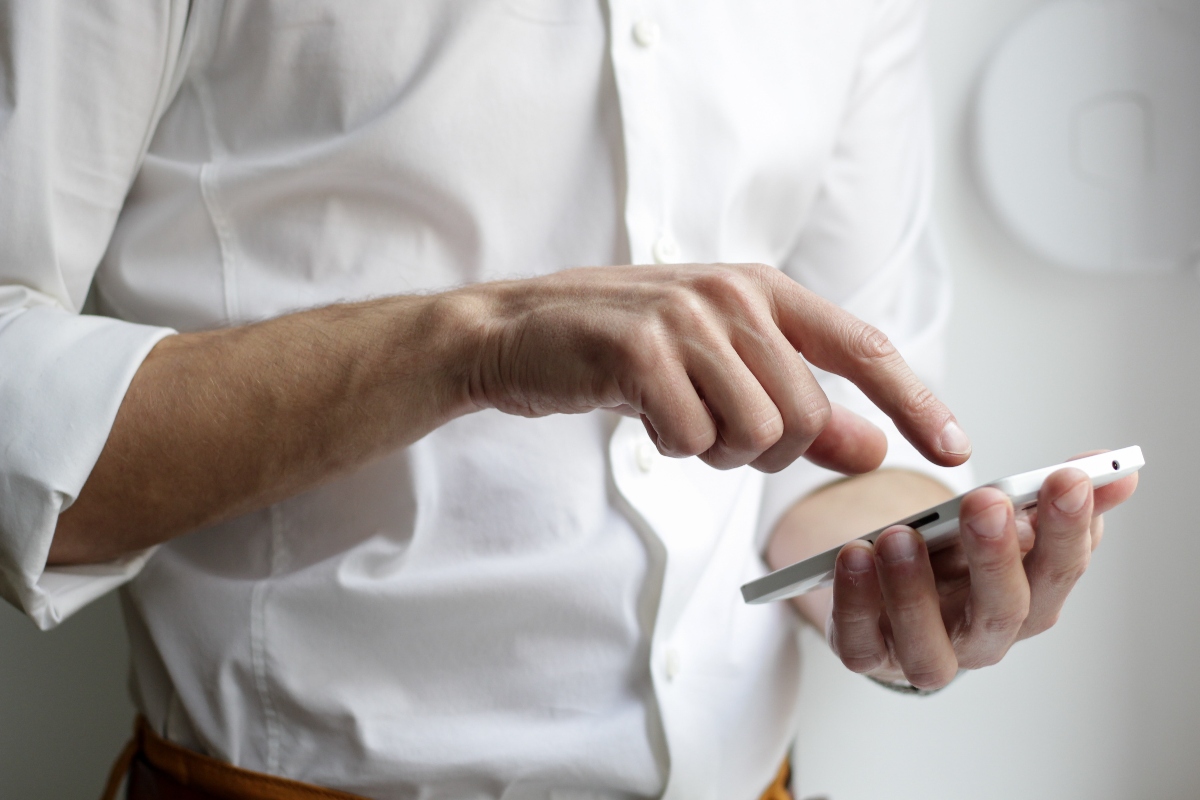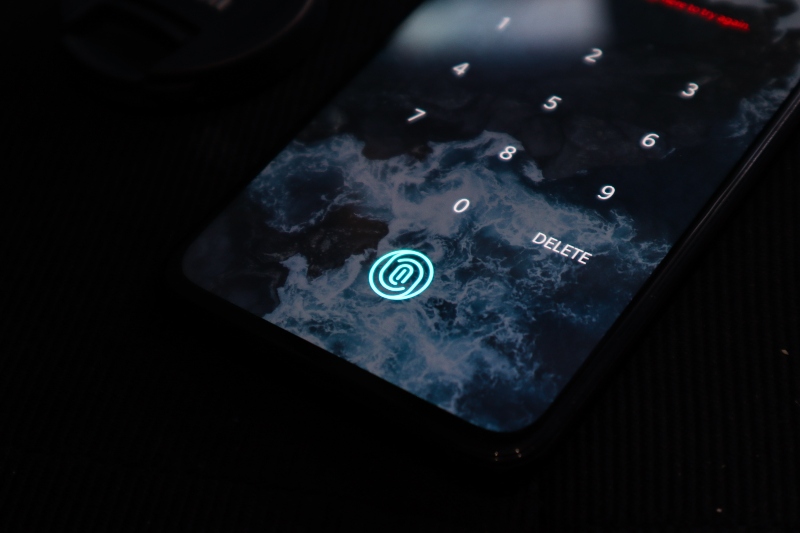How to keep your smart phone safe from hackers

In today’s society, our phone has moved far beyond being an integral form of communication and is now being used in every way imaginable. We use our cellphones for shopping, business, entertainment, and just about everything you can use your computer for. Since 2013 mobile web traffic has risen from 16.2% to an astonishing 52.2% in 2019, and reportedly the average user checks theirs more than 50 times a day.
This tremendous growth in mobile usage has reshaped every industry in the world, with every business large and small adapting to this trend. Yet research shows that our knowledge of phone cybersecurity and implementation of its secure features has not grown in parallel with this trend. Just as an example, according to a 2017 Pew report, nearly 30% of smartphone owners do not use a screen lock or other security features to access their phones.
For many phone users out there your phone stores a vast amount of sensitive information such as; passwords, credit cards, children’s information, valuable photos, the list goes on. Every person knows to not leave their door unlocked when they leave their house and to have security features in place to prevent break-ins. Yet so many people don’t follow the same procedures with their phones even though many people may have things just as valuable in their phone (which are often a lot easier to steal than your big screen TV).
As IT experts who deal with cybersecurity threats day in, day out, we believe it is our duty to inform our clients and society as a whole about the necessary steps to ensuring you keep your valuable technology secure. Below we will cover the 5 basic ways to keep your phone secure from hackers in today’s cyber society.

1. Lock your screen
Although we hope that most of you already do this, we believe that is an integral part of keeping your phone safe. We already covered why this is important and the shocking statistics of how many people don’t actually do this 1-minute process that protects your phone on the most basic level. Therefore, we will use this time to discuss the most common and effective ways of locking your screen.
Pattern method
The pattern method is considered one of the most popular and secure methods of locking your phone. This involves using a set pattern that you have to replicate in order to unlock your phone. This system is quite full proof, since an Android phone, for example, includes staggering 389,112 variations when using this method. Just make sure to not use greasy fingers and keep your screen clean or else a savvy phone thief may use these fingermarks to guess your pattern in a lot fewer tries!
Biometrics
Biometrics is considered the most secure way to lock your phone and includes methods like fingerprint recognition, facial recognition, voice recognition, and even iris recognition. Although not every phone allows you to implement every one of these methods, the fingerprint has become quite popular thanks to its security and ease-of-use. Cons? If you fall asleep beside someone you don’t trust they can unlock your phone with your finger without you knowing it!
Password/PIN
The PIN has become quite popular, although the variations here are only 10,000. Of course, that is still quite a lot. The problem is that a lot of people end up using their birthday or something that can be recognized by any thief or hacker trying to access your phone. If we would recommend either password or PIN, we would recommend password.
If you do choose to go with the traditional password method, however, then please ensure that your passwords are secure. You can read our blog post about secure passwords for more information.

2. Avoid using public Wi-Fi
One of the biggest threat to free Wi-Fi security is the ability of hackers to position themselves between you and the connection point. This means that instead of talking directly with the hotspot, you’re sending your information to the hacker, who then relays it on.
In this scenario, the hacker has access to every piece of information you’re sending out on the Internet: important emails, credit card information, and even security credentials to your business network. Once the hacker has that information, he can — at his leisure — access your systems as if he were you.
Hackers can also use an unsecured Wi-Fi connection to distribute malware and plant it on your phone. If you allow file-sharing across a network, this gives the hacker a backdoor to your phone that they can exploit without you knowing it, as they slowly spread their infection across every app and account you possess.
Turning off your Wi-Fi when it’s not in use is another good way to minimize the risk of any of these threats becoming a reality.
3. Avoid using public ports to charge your phone
This may be a little shocking to discover, but charging your phone in public charging stations can make you susceptible to a security breach. When you connect to a public port it does more than charge your phone — it also transmits data. If an outlet is compromised, then a hacker could access your emails, texts, photos, contacts, and other sensitive information. In fact, this technique of hacking phones has become so popular that now has its own term “juice jacking”.
4. Update your phone’s software regularly
Companies like Apple and Google spend a fortune on making sure that their software is secure. You can leverage this money well-spent and make sure that you keep your phone secure by keeping up with the updates. Of course, ignoring those notifications is a lot faster, but it may result in you losing a lot more time if your phone gets hacked or stolen.
5. Turn off your Bluetooth when not using it
Hacking Bluetooth channels is a common form of invasion hackers use to invade your privacy. Oftentimes, your Bluetooth may be on by default which can also be a safety issue.
“Via Bluetooth channel hackers could mask a malicious device and try to make it seem like a legitimate device so that you connect your phone with it,” Somdip Dey, an artificial intelligence scientist at the University of Essex and Samsung R&D Institute UK, told Business Insider.
Another important thing to keep in mind is being aware of which devices you are connecting to, especially when it is not your own Bluetooth or it’s your first time connecting.
Conclusion
If this article has scared you, then good – we did our job! In the words of Zig Ziglar, “F-E-A-R has two meanings. Forget Everything and Run, or Face Everything and Rise. The choice is yours.” We hope that arming you with this information gives you the ammunition you need and the motivation to make the choices that will keep your phone secure from the ever-increasing cybersecurity threats in today’s world.
Want to read more about the various features your phone has? Here is a blog post about a list of features that your phone has that you may not know about.
Leave a Comment